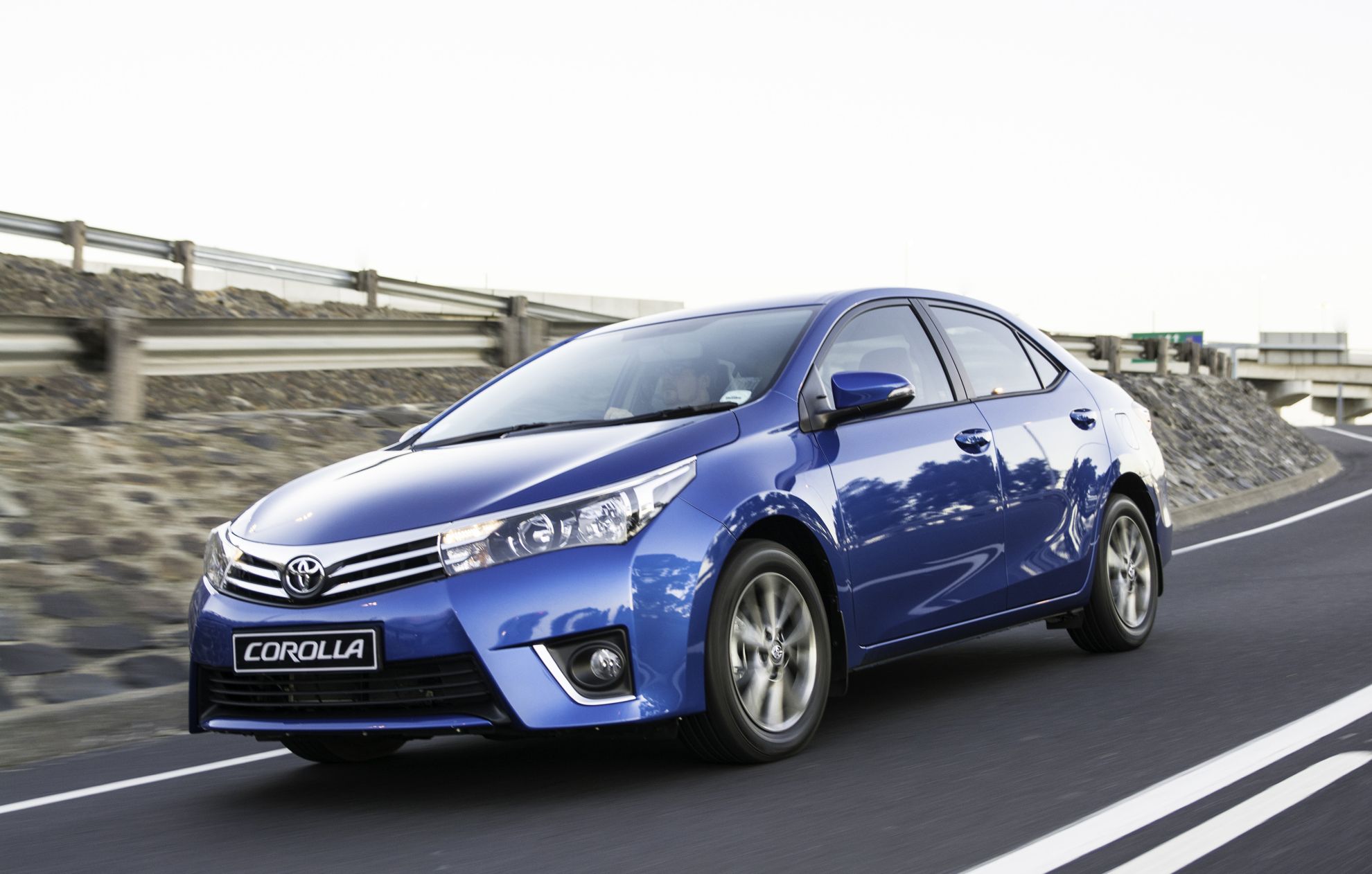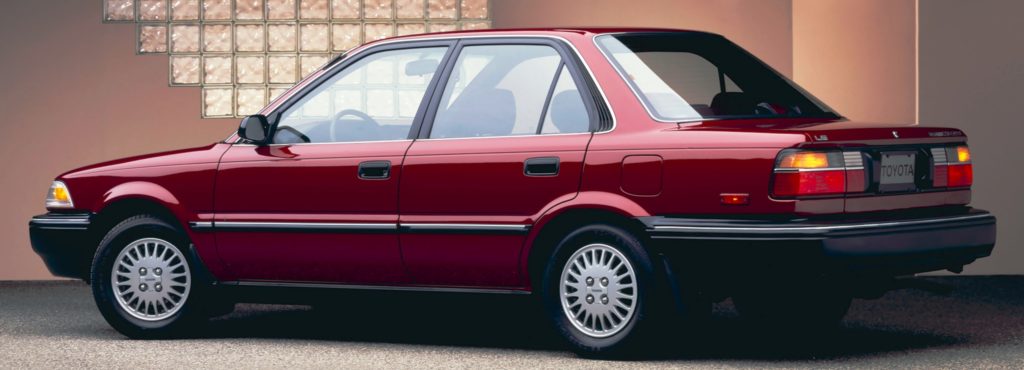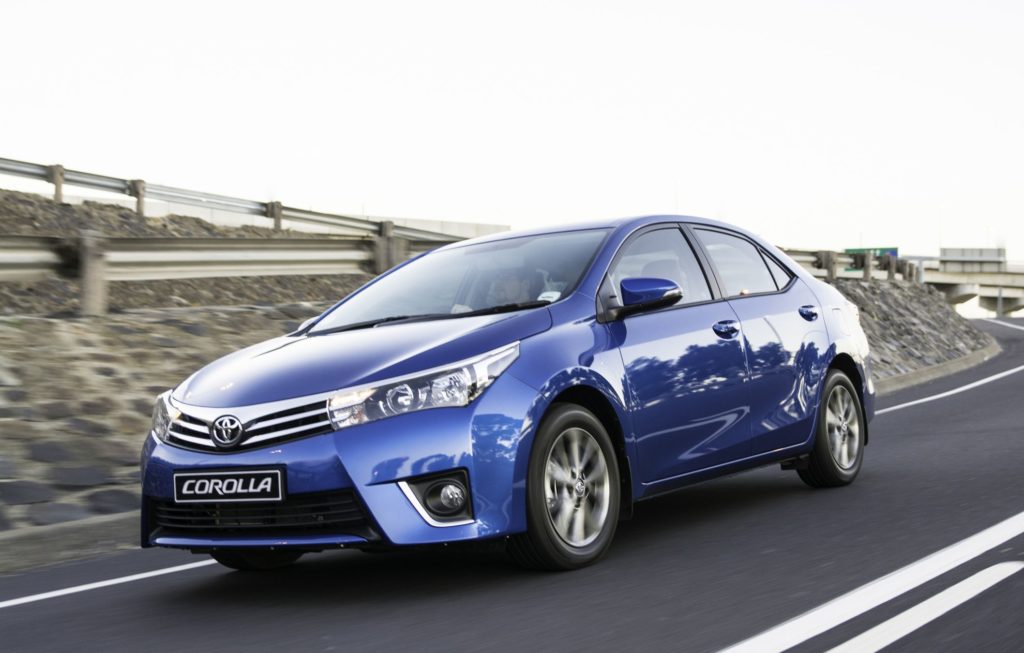 Toyota, being one of the most prominent automobile brands in the world, has produced many remarkable models throughout the years – the Toyota Innova in the Philippines, Toyota Fortuner, and Toyota Wigo, just to name a few. But among the many vehicles the company has produced, there is perhaps no Toyota car more famous than the Toyota Corolla. In fact, it’s known as the best-selling sedan in the world.
Toyota, being one of the most prominent automobile brands in the world, has produced many remarkable models throughout the years – the Toyota Innova in the Philippines, Toyota Fortuner, and Toyota Wigo, just to name a few. But among the many vehicles the company has produced, there is perhaps no Toyota car more famous than the Toyota Corolla. In fact, it’s known as the best-selling sedan in the world.
If you wish to know how it became one of Toyota’s most renowned models, follow this interesting vehicle’s equally interesting history and see how it evolved throughout the years.
From Zero to the Sixties
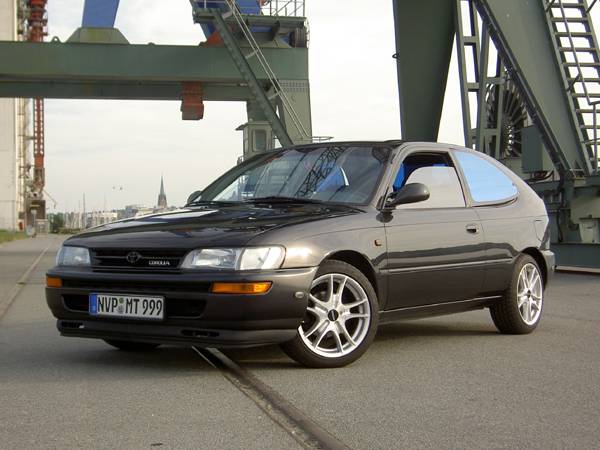 The Toyota Corolla first saw the light of day on October 1966. Known as the Toyota Corolla E10, it featured a 1100-cc, K pushrod engine, which seems underwhelming today but is a powerful yet compact engine during its time.
The Toyota Corolla first saw the light of day on October 1966. Known as the Toyota Corolla E10, it featured a 1100-cc, K pushrod engine, which seems underwhelming today but is a powerful yet compact engine during its time.
As an added bonus to its home country, the Toyota Corolla Sprinter, the hatchback version of the car, was exclusively released in Japan.
The Seventies
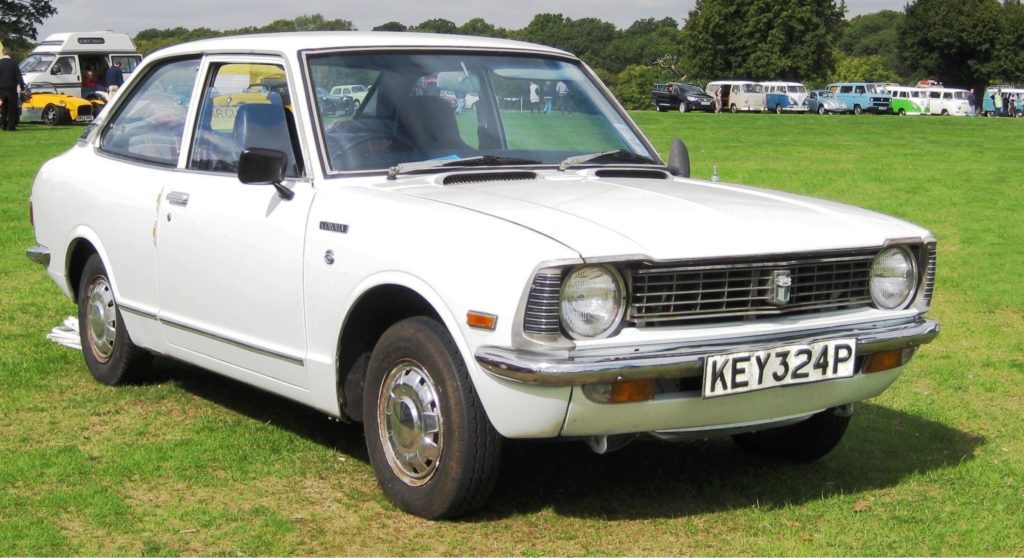 After the discontinuation of the E10 came the E20, released on May 1970. The line was refashioned with a more rounded body. In addition, it was the first time the two variants of the line were officially named as Corolla Levin and Sprinter Trueno.
After the discontinuation of the E10 came the E20, released on May 1970. The line was refashioned with a more rounded body. In addition, it was the first time the two variants of the line were officially named as Corolla Levin and Sprinter Trueno.
The late seventies (1974-1979) brought about a whopping four variants of the Toyota Corolla – the E30, E40, E50, and E60. All of them featured a rounder, bigger, and bulkier body as compared to their predecessors. The Toyota Corolla Levin models were designated as E30, while the Toyota Sprinters were known as E40. Later on the Toyota Corolla Levin E50 model replaced the E30, while the Toyota Sprinter E60 took the place of the E40.
And on March 1979, Toyota released the Toyota Corolla E70, which has a squarer design. The Corolla Levin featured a simplistic design for its headlights and grills, while the Toyota Sprinters had a more elaborate, sculptured one. And once again, as an additional for those on the Japanese market, fuel injection was an available extra cost option. This add-on gives the engine more power and speed.
Round and Sharp
When the E70 was discontinued in 1983, Toyota Corolla went for a design that had straighter, sharper edges. And this time around, the models that were sold on the international market now offered fuel injection as an extra cost option. A few years later, the sixth (E90; 1987-1991), seventh (E100; 1991-1995), and eighth generation (E110; 1995-2000)all employed a rounder design.
Into The Millennium and the Present
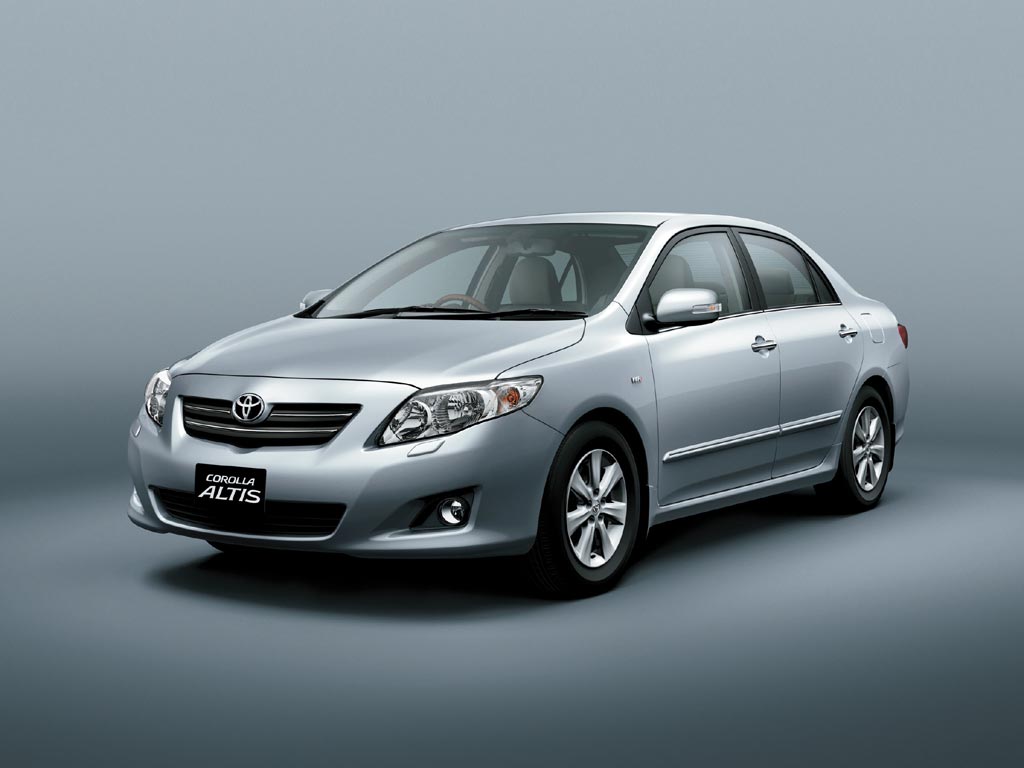 So, what has become of the Toyota Corolla? It has been renamed as Toyota Corolla Altis. The branding has changed, and so did the model – for the better, of course. With a streamline and contemporary aerodynamic design, a powerful and reliable Dual VVT-I engine, a comfortable and spacious interior, a modern control panel, and effective safety systems, Toyota’s most famous car has smoothly made its way to the third millennium.
So, what has become of the Toyota Corolla? It has been renamed as Toyota Corolla Altis. The branding has changed, and so did the model – for the better, of course. With a streamline and contemporary aerodynamic design, a powerful and reliable Dual VVT-I engine, a comfortable and spacious interior, a modern control panel, and effective safety systems, Toyota’s most famous car has smoothly made its way to the third millennium.
Truly, Toyota and this particular model have already left its mark in history. So, try out this milestone of an automobile yourself!

